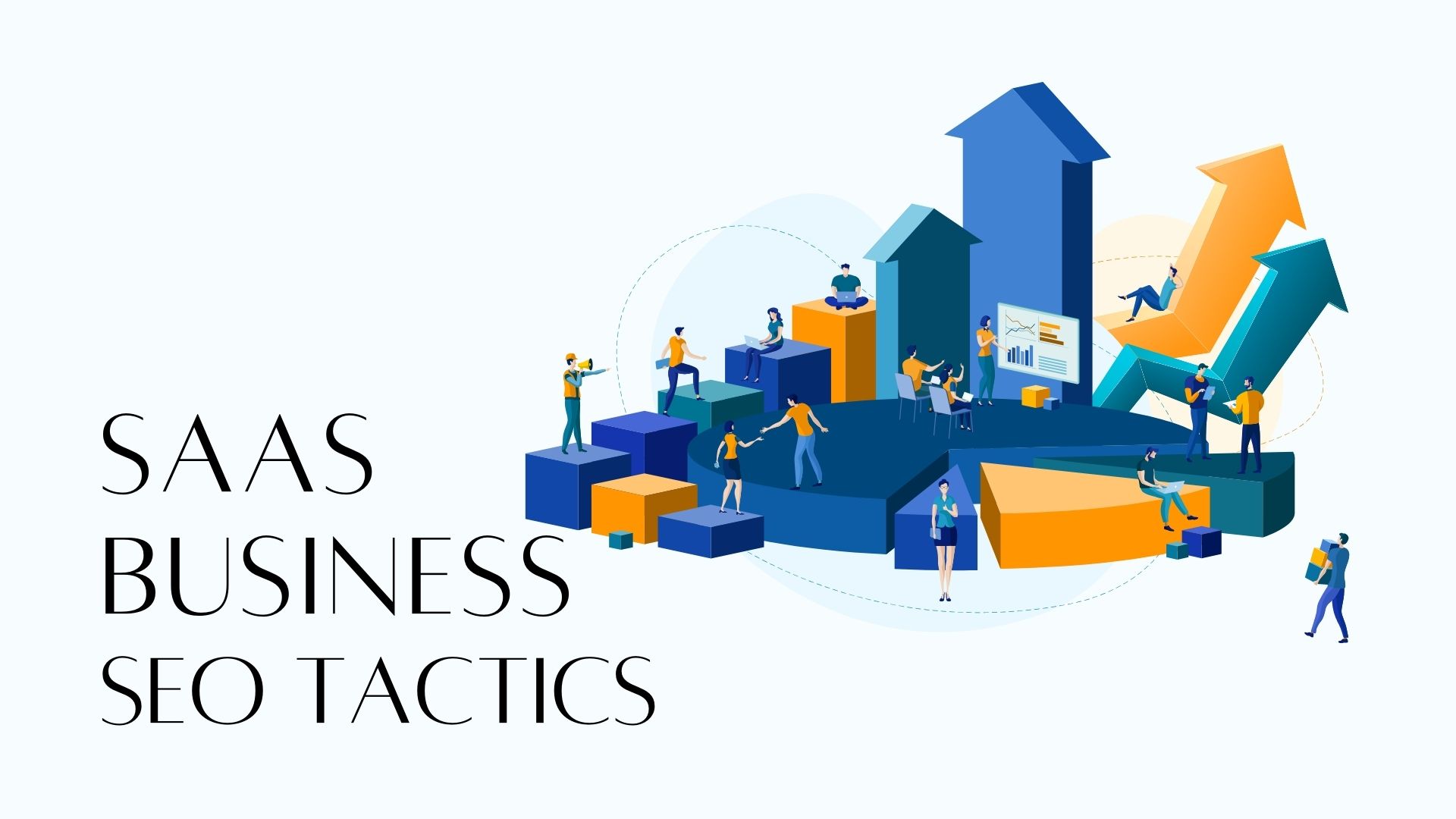How BPM Improves Information Governance
Page Contents
By James Maniscalco, BackOffice Associates
The promise of business process management (BPM) has been long predicted to become a key tenet of software implementation in the enterprise. Through much of the late 1990s when the internet and web applications started driving companies to re-evaluate enterprise applications, many small startups began to rethink the concepts of the early workflow pioneers and how BPM could be expanded based on a cloud model and a technology landscape that would be continuously connected through a robust and open API integration layer.
As a result of this shift to the cloud, there was a huge resurgence in the concept of workflow. This time, however, it was rooted in major new technology advances that redefined workflow into a new software category called business process management.
Many technologists and pundits predicted that BPM would become a groundbreaking enterprise technology to keep up with the rapid modifications required for the new pace of business. However, the pursuit to find a true killer BPM application has been elusive and the promise of giving business users a rapid process-based development paradigm in a pure-play environment has receded from the strategic technology landscape.
BPM and Big Data
Interestingly, today we see the earmarks of forces that could once again place BPM in a prime role in enterprise software applications.
Those forces are manifested in the tsunami of Big Data that is being created across a continuously connected world. As the volume and velocity of data increases across the enterprise, so does the requirement to ensure that data is fully governed and complies with the rules and standards set forth by the organization.
For the last three years, there has been a steady increase by executive and corporate information technology leadership teams to formalize an information governance discipline. As a result, it is now common to see new corporate roles such as chief data officer and data governance boards that serve as data stewards within the enterprise.
The formalization and realization of data management, data quality and data governance in the enterprise could finally bring BPM to the status of a must-have technology within enterprise class applications. Of all the use cases over the years, including ERP — which owes its success to promoting common centralized business processes — none seem as compelling a use case as the emerging applications within information governance.
BPM Critical to Information Governance Success
Unquestionably, process has always played a significant role within the data management discipline. In particular, master data management was predicated on mapping and documenting master data to business process; fortunately much of that work is still being carried forward as companies strive to modernize data.
However, the path to information governance goes beyond just process documentation; true active governance requires BPM as a foundational component. If organizations are going to derive the full potential of information governance, they must do more than just overlay and align organizational policy with data. They need to use BPM to integrate the creation and use of data across all business processes and business applications.
As data is now created at unprecedented volumes and velocities, both internally and externally, it is not difficult to understand why BPM must be part of an information governance platform –given that it is critical for the alignment and implementation of policy and data to be managed directly by data stewards.
To realize and actively manage information governance as part of an automated application, data stewards must have a means to rapidly orchestrate policy that drives each and every transaction across all enterprise applications. What makes BPM vastly different and a requirement is not just its process design capabilities to map workflows. What makes BPM the critical technology is its innovation of robust and consumable business rules to integrate and execute data driven scenarios.
Information governance is a broad topic to describe. However, there are three uncontestable governance pillars:
- setting data policy
- defining and saving standard terminology within a business glossary
- managing the application ecosystem of corporate enterprise architecture
These pillars of information governance must not be managed in silos. They must be integrated through a BPM framework of process design and business rule execution.
BPM Completes 3 Pillars of Information Governance
Each pillar of information governance is built on a foundation of business process design, integration and data-driven execution and requires constant modification to keep pace with rapidly changing internal business processes. The pace at which new cloud services are implemented, the rapid change of business policy to reflect evolving business competition, and conditions can't sit in an IT development queue.
Embedding BPM as part of the application provides the flexibility that is crucial to information governance. For the first time, the business users, analysts and data stewards who are closest to the business policy can modify the application without the help of IT and customization of the application.
This dynamic BPM-based information governance is an exciting time for not only the emergence of the information governance software category but the re-emergence of BPM as well.
James Maniscalco is vice president of Product Management for BackOffice Associates, a worldwide leader in information governance and data migration solutions, focusing on helping customers manage one of their most critical assets – data.

Sean Michael is a writer who focuses on innovation and how science and technology intersect with industry, technology Wordpress, VMware Salesforce, And Application tech. TechCrunch Europas shortlisted her for the best tech journalist award. She enjoys finding stories that open people's eyes. She graduated from the University of California.


